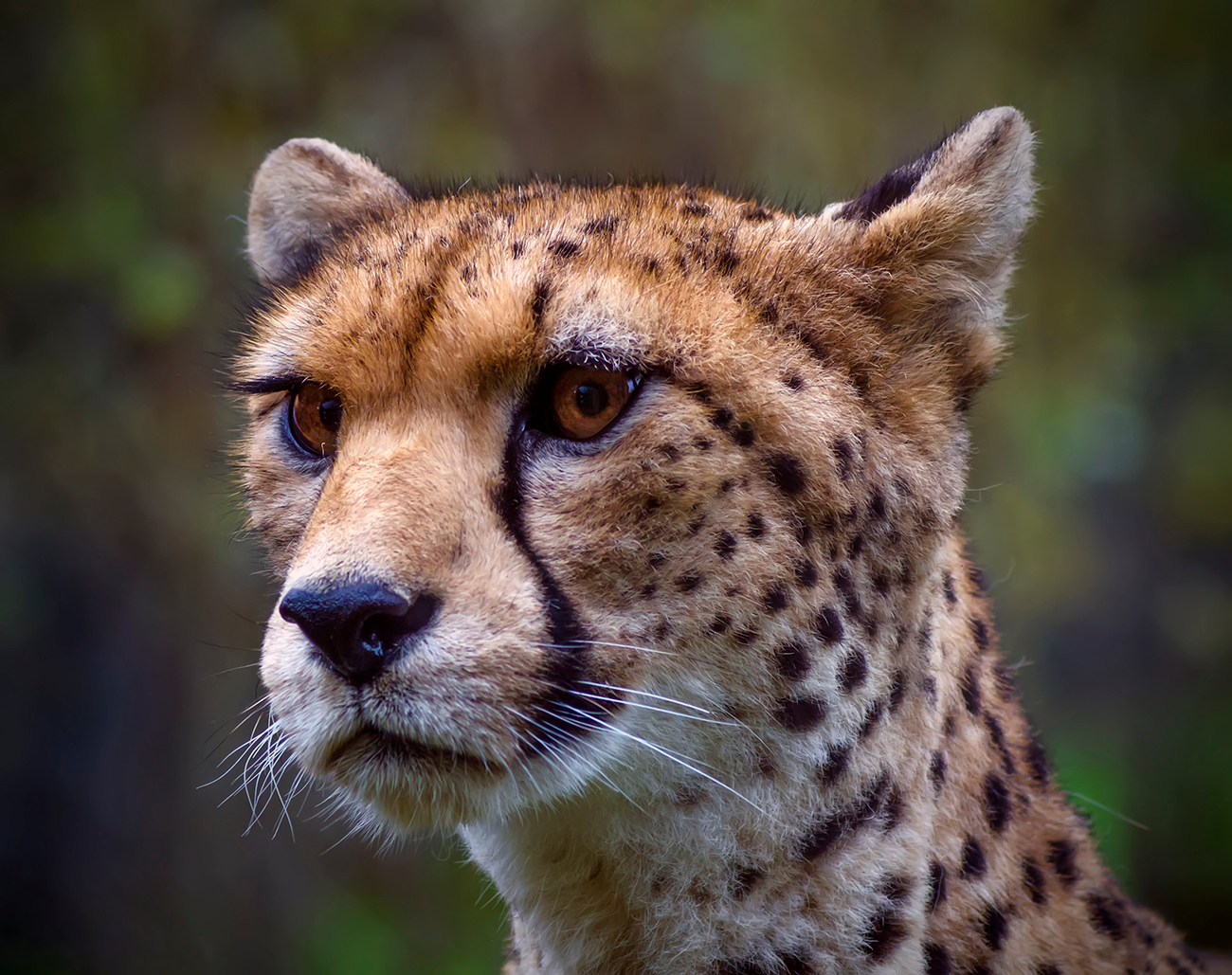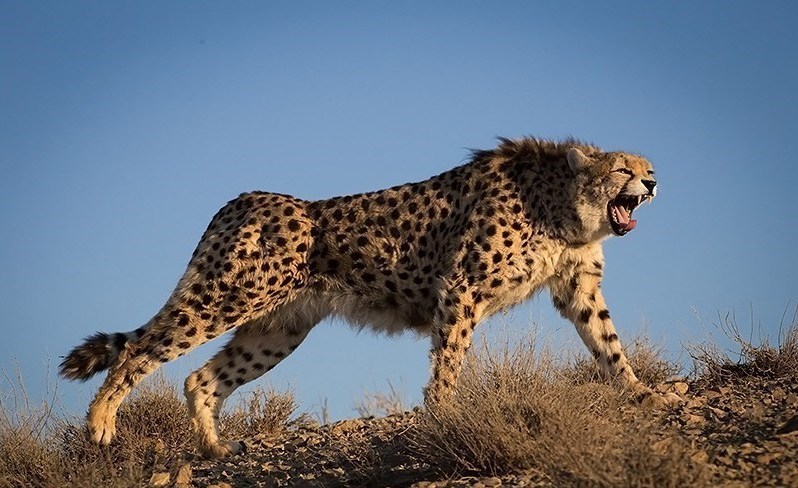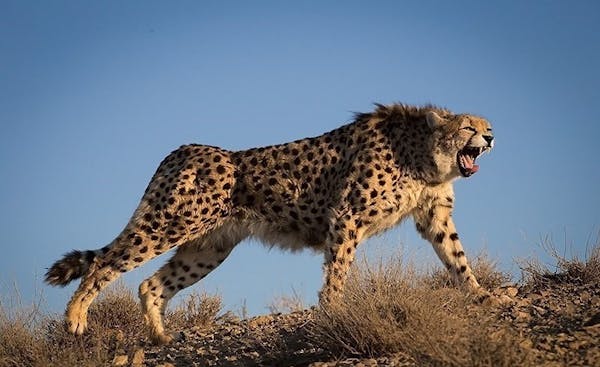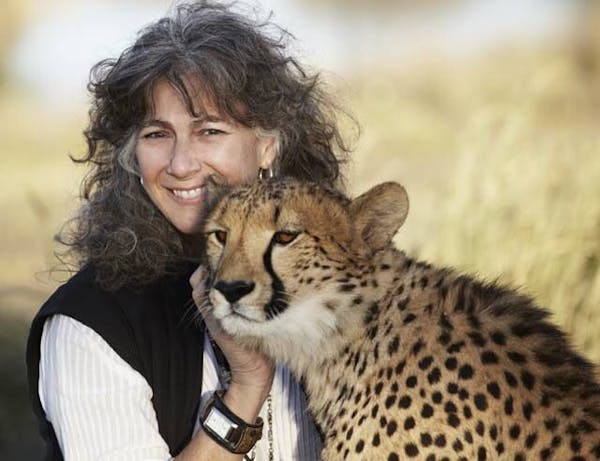The cheetah's legacy: speed, survival, and adaptation
- Nature Conservation
- Land Conservation
- Iconic Species
- Wildlife
- Mammals
- North Africa
- Southern Eurasia Realm
Today, the cheetah is synonymous with speed. Nature documentaries showcase their agility, reaching up to 80 mph as they chase gazelle in the Serengeti. Cheetahs have captured our curiosity since the Ancient Sumerians and Egyptians ruled, easily training them as hunting companions. With four different subspecies, a complex social structure, and a language all their own, there’s so much more to the cheetah than the title of ‘World’s Fastest Land Animal.’
An ancient lineage and distinct subspecies
With their distinct coat, faint gold in color, littered with black spots, and an underneath of white tuffs, all four subspecies derive from the oldest cheetah fossil dating back to 3.5 million years ago. There is the Southeast African cheetah, Northeast African cheetah, Northwest African cheetah, and the rare Asiatic cheetah found only in central Iran.
Cheetahs are built for speed, complete with a thin build, slender legs, and a long tail. Adults can weigh between 44 and 143 pounds and grow up to 3 feet tall at the shoulder.

The Northwest African Cheetah (Acinonyx jubatus hecki), also known as the Saharan Cheetah, is a subspecies of cheetah found in the northwestern part of Africa (particularly the central western Sahara desert and the Sahel). Image Credit: Steve Wilson, Envato.
A revered companion of ancient royalty
“Cheetah” comes from the Sanskrit kitra-ya, meaning checkered, adorned or painted. In the ancient world, cheetahs were found to be easily tamed and were turned into what was known as “hunting leopards.” They arose to the sides of royalty and even worshiped in kingdoms such as Sumar, Egypt, Greece, the Tang dynasty, Byzantine Empire, Roman Empire, and in the 10th century England, by William the Conqueror.
Solitary yet sociable
Socially, cheetahs are a bit of an enigma. They like to be independent and generally avoid one another, but are amicable in their meetings. Males tend to live in groups and need less area than their female counterparts. A study in the Kalahari Desert recorded an average of almost seven miles every day for most females. Preferring a life of solitude until their offspring naturally force them into a pack, female cheetahs have their first litter of one to eight cubs at two to three years of age.
The vulnerable lives of cheetah cubs
Newborns are hidden in thick vegetation, as it takes days for their eyes to open and two weeks to learn how to walk. From their nape down their back, cubs are covered in a thick, gray hair called a mantle. This mohawk-type appearance is thought to resemble a honey badger, as young cheetahs are vulnerable to several predators.

The rare Asiatic cheetah (Acinonyx jubatus venaticus), found today only in Iran. Image Credit: Tasnim News Agency, Envato.
A complex language of vocalizations
Even though cheetahs like to keep their distance, except for the occasional grooming, their social communication is common, and it has been observed that they have a variety of vocalizations. Chirping has been reported when cheetahs are excited. This short, intense bird-like sound is made when gathered around a kill, a greeting amongst adults, or mothers calling for their lost cubs.
A chur is similar to the roar of a lion, and a pur is like that of a domestic house cat, although it is much louder. Cheetahs make an assortment of other sounds, including a "nyam nyam" sound while eating, bleating, coughing, hissing, meowing, and yowling. All of which can be kept low or reach a pitch to travel across the plains.
A future threatened by habitat loss
Requiring such vast amounts of space to roam, all cheetah populations are decreasing due to habitat destruction and human expansion. The Asiatic cheetah and the Northwest African cheetah are listed as critically endangered. In 2011, the Endangered Wildlife Trust sponsored the Cheetah Metapopulation Project, which has increased the wild cheetah population from 217 to 419 in South Africa.
Support Nature Conservation_female_CC-Charles%20Sharp-2014_resized.jpg?auto=compress%2Cformat&w=1440)




